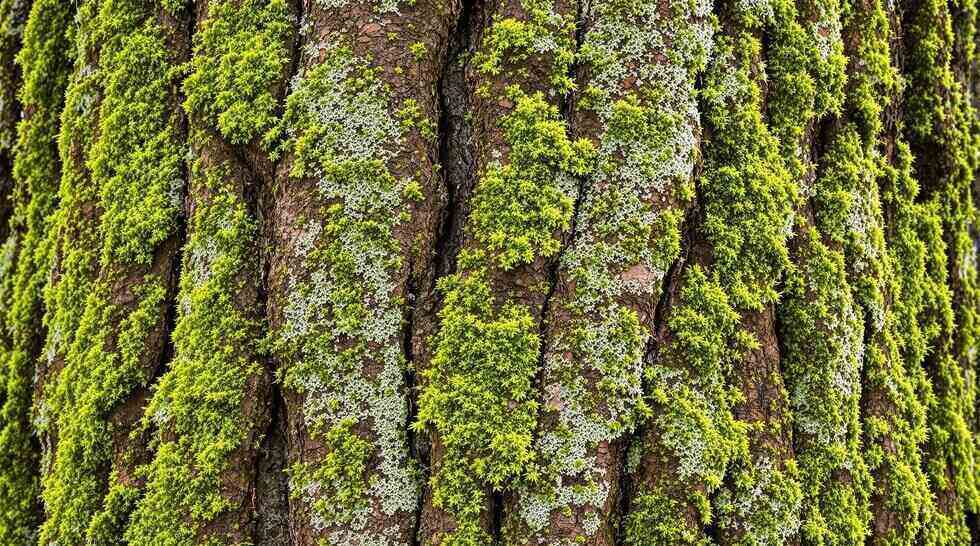Sick trees often show signs of disease or decay before their illnesses become fatal. For property owners, identifying and responding to illnesses early is essential to preserving not only individual trees but also the health of the entire landscape through the right mode of plant health care. The longer that certain diseases, infestations, or fungal infections are allowed to continue, the more likely the illness will spread to other plants and trees on the property.
The following warning signs can help homeowners identify waning tree health. In many cases, these signs can be treated with expert tree maintenance. In other cases, surgical tree removal may be the best option. Regardless of the outcome, professional plant health care experts help property owners spot these warning signs through regular maintenance and inspections to save as many trees as possible.

1. Changing Leaf Colors
Leaves change color throughout the seasons, but property owners should be able to tell if a color change is abnormal for that time of year. For many trees, the first sign of illness is an unusual color change, such as when leaves turn yellow or brown during normal growing or flowering seasons when they should be green.
For example, laurel wilt is a pervasive tree illness that impacts redbay and sassafras trees, among others. One of its warning signs is leaves that turn brown out of season. Yellow leaves can indicate disease, but they can also be a sign of poor general health. When soil is too acidic or lacking minerals like nitrogen, trees may develop yellow leaves due to a lack of the proper nutrients.
Leaves and their colors can be general indicators of tree health for observant property owners. In some cases, the right fertilizer is all that is needed to restore them to their proper green color. In others, the change could be a sign of something more serious, such as oak wilt, a potentially fatal tree disease that impacts thousands of mature oaks in Virginia each year.
2. Spots, Circles, or Stains
While trees have distinct textures and patterns depending on their particular species, new spots, circles, blemishes, or bruises should be examined carefully. They can often indicate disease or infestation. For example, a potentially fatal fungal infection known as Discula Anthracnose often shows warning signs on leaves in the form of brown spots surrounded by a purple or red ring.
3. Gaps, Holes, or Sores
Bark provides necessary protection for the tree’s internal tissues. Aside from specific storm or animal-related damage, the bark should not appear wounded or gashed. Bark that dies or falls off in patches can be a sign of a serious health condition, such as thousand cankers disease, which kills black walnut trees.
The disease results from a fungus and its symbiotic insect host, spreading the fungal infection through the tree’s tissues. As the sores spread, they can prevent the tree from getting the nutrients it needs to survive. Property owners should take note of new holes or sores in the bark as these often indicate illness progression.
4. Wilting Leaves
Wilting leaves can result from many issues with plant health care; though, heat stress and drought stress are two of the most common causes. These refer to high temperatures or droughts preventing adequate water retention. In either case, the leaves have difficulty remaining hydrated, which can cause them to wilt or drop prematurely.
Too much water can be just as dangerous as too little. When the soil around the tree becomes waterlogged, the leaves could be retaining too much water, leading to wilting. Property owners can try to diagnose their tree’s health by feeling the leaves. Heat and drought-stressed leaves may be brown in color or dry to the touch while waterlogged leaves will be soft and limp.
5. Fuzz, Mold, Powder, or Sap
While trees can be covered in pollen or sap without having health issues, the appearance of certain blemishes could be a warning sign of a deeper issue. A powdery coating of white mold can indicate too much humidity or plant crowding. Black or sooty mold, often accompanied by sap, may indicate pests like aphids or scales, which feed on tree sap.
However, these relatively harmless growths are not the only possibilities. Many seemingly harmless growths, such as beads of waxy white sap, can be an indication of a serious problem such as hemlock woolly adelgid, a non-native insect that infects and kills hemlock trees. These beads of sap are a possible indication that the infestation has spread.

Partner with Virginia’s Experienced Plant Health Care Experts to Identify Warning Signs Early
Many seemingly harmless growths or color changes can be an indication of changes in tree health. These symptoms may not be immediately apparent, but property owners in Virginia should familiarize themselves with common tree health warning signs to get ahead of any potential outbreaks. To prevent trees from dying or infecting the rest of the landscape, experienced plant health care experts can assess properties for issues and best practices.
At RTEC Treecare, we provide specialized maintenance plans to prevent or mitigate disease. Contact our arborists today to identify health warning signs in your landscape. Our team has expert knowledge and proven processes in tree care, providing individualized health maintenance plans and experienced tree removals, if necessary, to preserve the health of the remaining trees.


